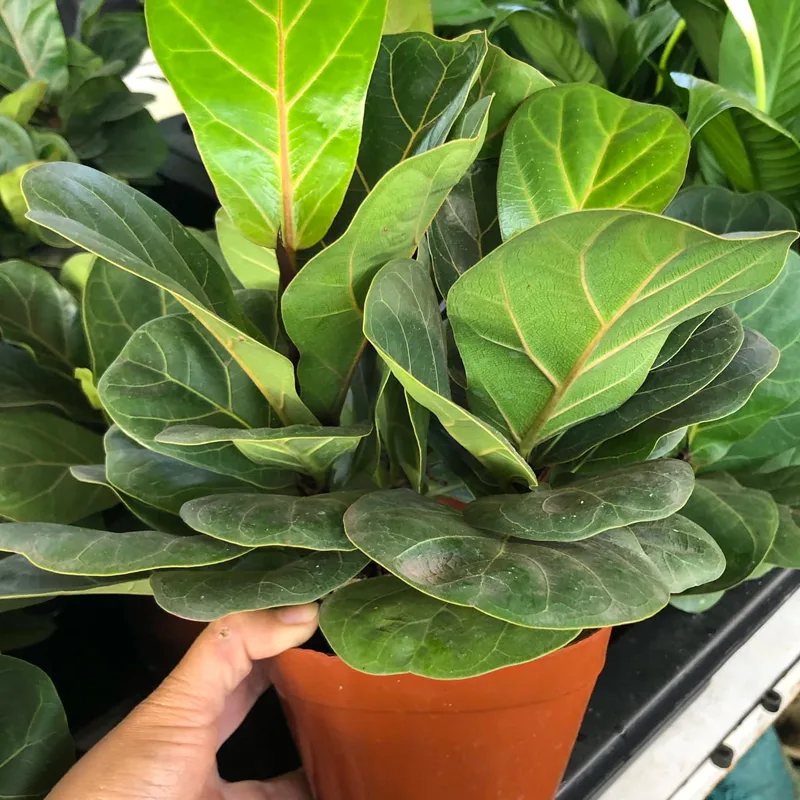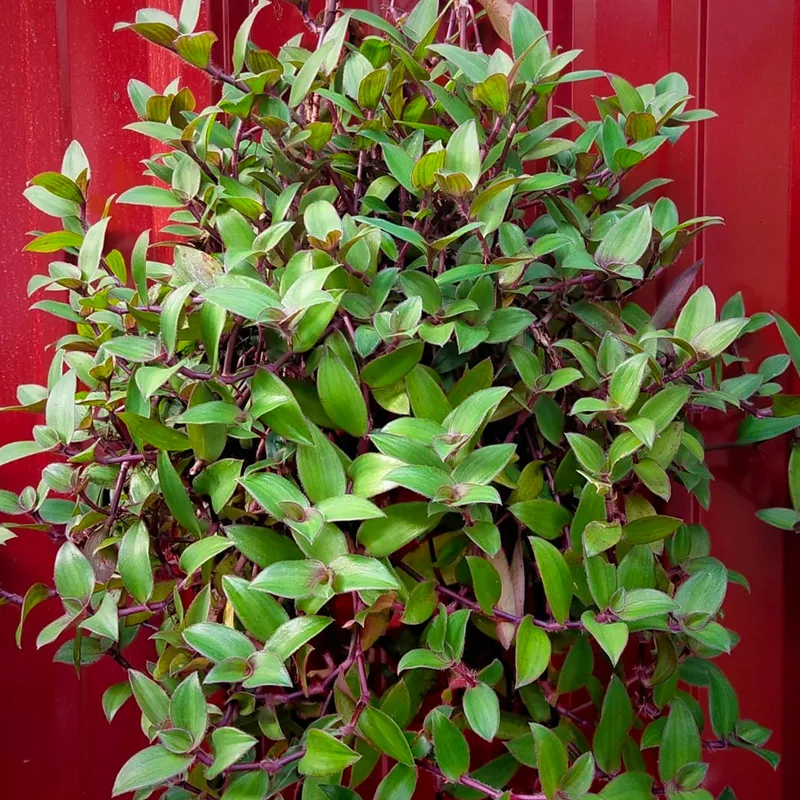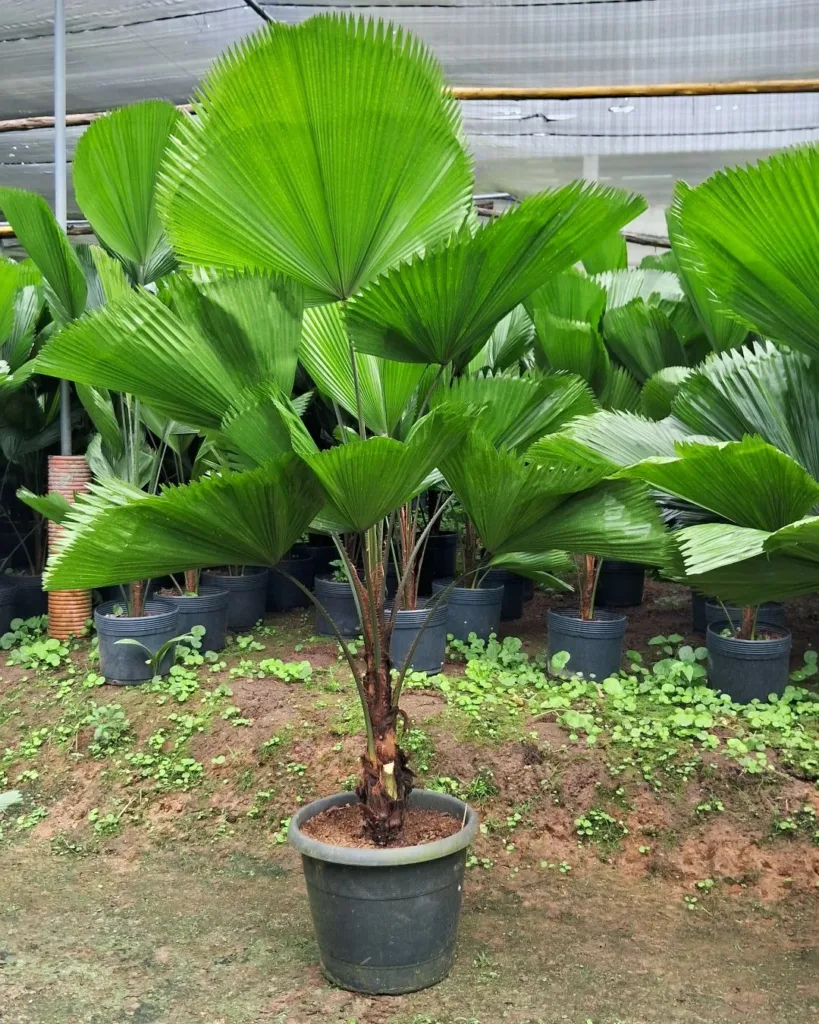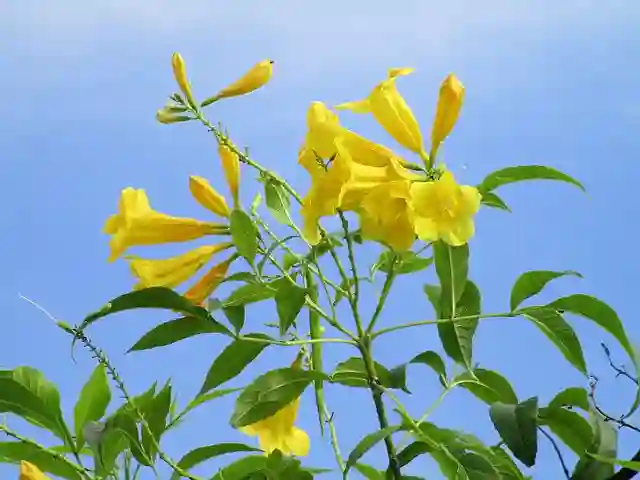Exploring the Anacampserotaceae Plant Family: A Personal Journey
The Anacampserotaceae plant family has always intrigued me. As someone who enjoys exploring the nuances of succulent plants, discovering this unique family was an exciting experience. While not as widely known as some other succulent families like Crassulaceae or Cactaceae, the plants in Anacampserotaceae hold their own charm, with their delicate structures and ability to thrive in arid conditions.
The Beauty of the Anacampserotaceae
What drew me in initially was their appearance. Most plants in the Anacampserotaceae family possess fleshy, small leaves that store water, enabling them to survive in harsh environments. The resilience of these plants fascinates me, but it’s their understated beauty that keeps me coming back for more. They tend to have small but striking flowers, usually in shades of pink, white, or magenta, and their foliage often has interesting textures or colors.
Despite their hardy nature, they require specific care to flourish. I’ve learned through trial and error that overwatering is one of the most common mistakes people make with these plants. The key is to let the soil dry out between watering, which mimics the natural desert environments they’re adapted to.
Genera in the Anacampserotaceae Family
The Anacampserotaceae family includes a few genera that may sound unfamiliar to most, but they are worth noting for any succulent enthusiast. Here’s a list of genera within this family:
- Anacampseros – 61 Species in Genus Anacampseros
- Talinopsis
- Grahamia
My Experience Growing Anacampserotaceae Plants
Cultivating Anacampserotaceae plants has been a rewarding but sometimes challenging experience. When I first started, I didn’t realize how sensitive they were to overwatering. They have shallow root systems, so I learned quickly that a well-draining soil mix was essential to prevent root rot. I typically use a combination of cactus soil and perlite, which has worked well for me.
Another important factor in growing these plants is lighting. They thrive in bright, indirect light, but too much direct sunlight can cause their leaves to scorch. In my experience, placing them near a sunny window with filtered light works best. During the summer, I sometimes move them outside, but I make sure they’re in a shaded spot.
Propagation and Growth
One of the joys of growing Anacampserotaceae plants is how easily they can be propagated. I’ve found that leaf cuttings or offsets can root quickly when placed in dry, well-draining soil. Within a few weeks, new growth starts to emerge, and before you know it, you have more plants to add to your collection or share with friends.
The slow but steady growth of these plants means they won’t take over your space, which makes them perfect for indoor gardening. I’ve placed a few in my office, and they add a calming, natural element without requiring much maintenance.
Conclusion
The Anacampserotaceae plant family might not be the most popular in the succulent world, but for those who appreciate subtle beauty and resilience, they are a wonderful addition to any collection. My journey with these plants has been one of learning and discovery. From experimenting with light conditions to finding the right watering schedule, it’s been a process of understanding what these fascinating plants need to thrive.
For anyone looking to expand their succulent collection or dive into something a little more niche, I highly recommend exploring the genera within the Anacampserotaceae family—particularly Anacampseros, Avonia, and Grahamia. They offer a unique aesthetic and provide the perfect balance of beauty and hardiness.
In my experience, taking the time to understand the specific needs of these plants will pay off, and you’ll be rewarded with a resilient, low-maintenance addition to your home or garden.
If i die, water my plants!



